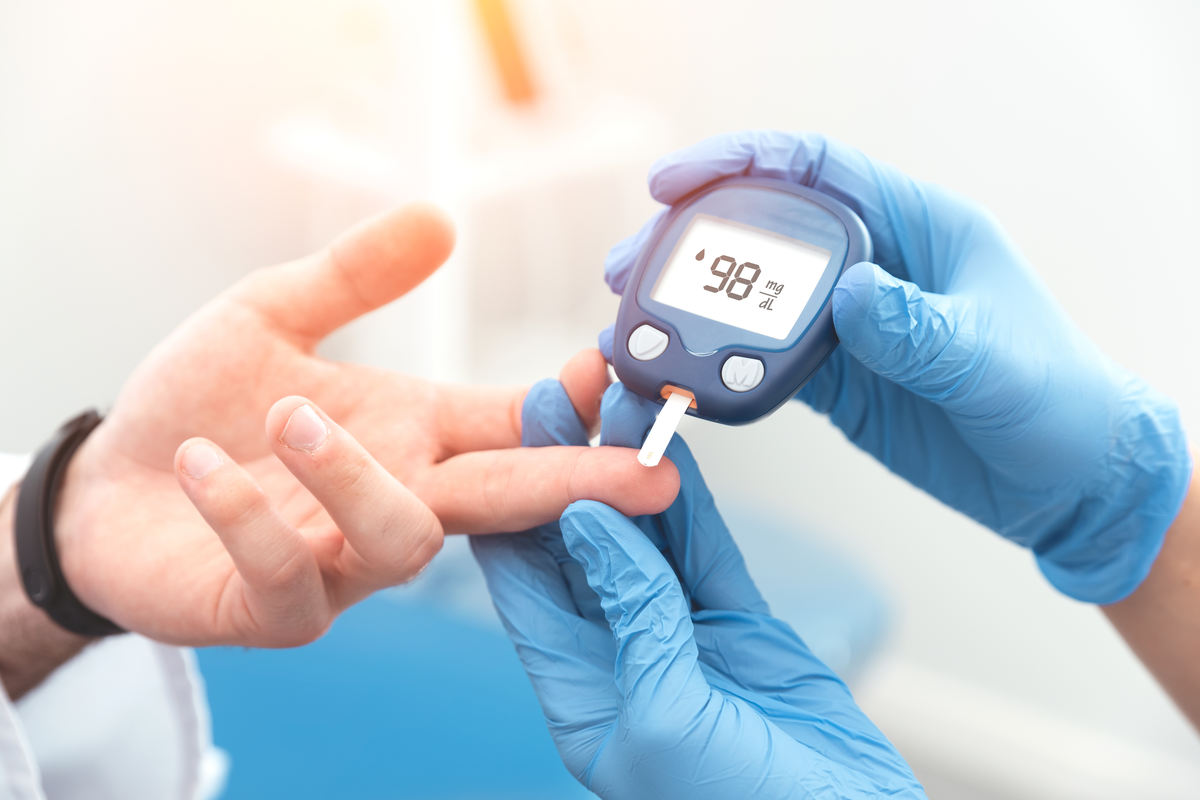
Differences Between Type 1 and Type 2 Diabetes
Diabetes is one of the most common diseases in America, and is primarily a metabolic disease that causes increased levels of sugar in the blood. Diabetes is more formally known as “diabetes mellitus”, and was one of the first diseases described in history, with descriptions dating back to Egyptian scrolls dated to 1500 BCE. Diabetes is categorized in six different categories, but the most commonly discussed types are type 1 and type 2 diabetes. In today’s blog we’ll be going over the commonalities and differences between type 1 and type 2 diabetes, so you can be better prepared to keep yourself healthy. Already taking diabetes medication? Contact Medico Pharmacy to speak with a Los Angeles pharmacist about prescription medication refills.
There are some commonalities between the types of diabetes. Regardless of what type of diabetes, the disease causes a high blood sugar level for extended periods of time, related to a lack of or resistance to the metabolism-regulating hormone insulin. There are some symptoms of diabetes that are common across types, as well.
Symptoms of Type 1 and Type 2 Diabetes
Symptoms that appear in both type 1 and type 2 diabetes include frequent urination, increased appetite, and increased thirst. Diabetes can also cause blurred vision, headaches, dermatitis, and fatigue. Both types of diabetes show an increase of occurence in people with a family history, so there is a genetic aspect to the development of diabetes.
Diabetes can cause serious acute reactions such as diabetic ketoacidosis, hyperosmolar hyperglycemic state, or death. Diabetic ketoacidosis, also called DKA, is a complication that can be triggered by a failure to take necessary insulin injections, stroke, and some medications such as steroids. DKA symptoms include confusion, vomiting, abdominal pain, shortness of breath, and pronounced thirst. Untreated DKA can be life threatening.
Diabetes can also cause long term complications. Long term complications of diabetes can include stroke, nerve and eye damage, cognitive impairment, and chronic cardiovascular or kidney disease.
Type 1 Diabetes
Type 1 diabetes is caused by a disorder in the pancreas that causes it to fail to produce enough insulin. This lack of insulin is due to a disordered autoimmune response that causes a loss of beta cells, the cells that produce insulin. This type of diabetes is also sometimes called “juvenile diabetes” because it is often detected during childhood, but it can be diagnosed during adulthood as well. Type 1 diabetes is most commonly managed through regular insulin injections.
Type 2 Diabetes
Type 2 diabetes is the more common form of diabetes, and it is due to a buildup of insulin resistance in the body that reduces the effectiveness of the body’s naturally produced insulin. Type 2 diabetes is mainly attributed to genetic predisposition and lifestyle conditions such as obesity. Treatment of type 2 diabetes is accomplished through a combination of changes in diet and exercise and through the use of glucose control medication such as metformin.
If your family has a history of diabetes or if you believe your lifestyle may predispose you to diabetes, speak to your doctor or a Los Angeles pharmacist to learn more about how to prevent diabetes.